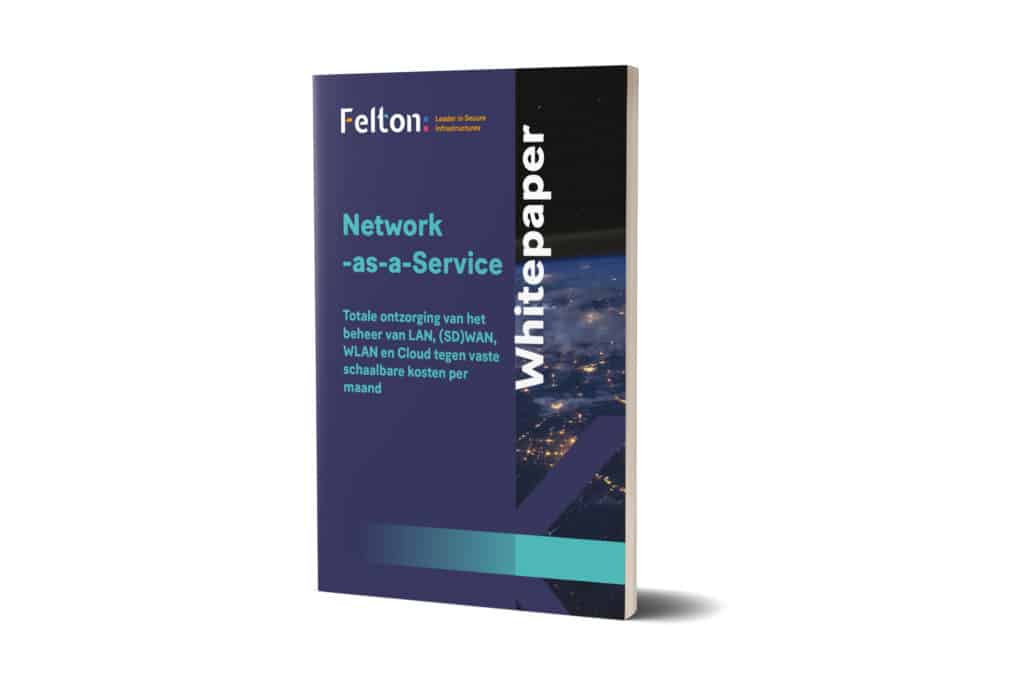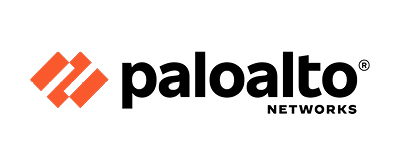Whitepaper: Network-as-a-Service, totale ontzorging van het beheer van LAN, (SD)WAN, WLAN en Cloud
Netwerkbeheer: cruciaal en complex. Zelf doen of uitbesteden? Network-as-a-Service van Lantech biedt organisaties een schaalbare en eenvoudige manier om de netwerkinfrastructuur te beheren en te beveiligen inclusief de (SD)- WAN, LAN en Wireless netwerken die in gebruik zijn.
In deze whitepaper ontdek je de belangrijkse functionaliteiten en lees je waarom Network-as-a-Service zo populair is.
Lees in deze whitepaper alles over:
- Een korte, functionele uitleg van Network-as-a-Service
- De belangrijkste voordelen van Network-as-a-Service
- Voorspelbare en schaalbare kosten per maand
- 7×24 monitoring en onafhankelijke specialisten





